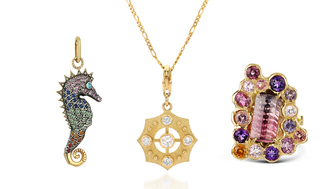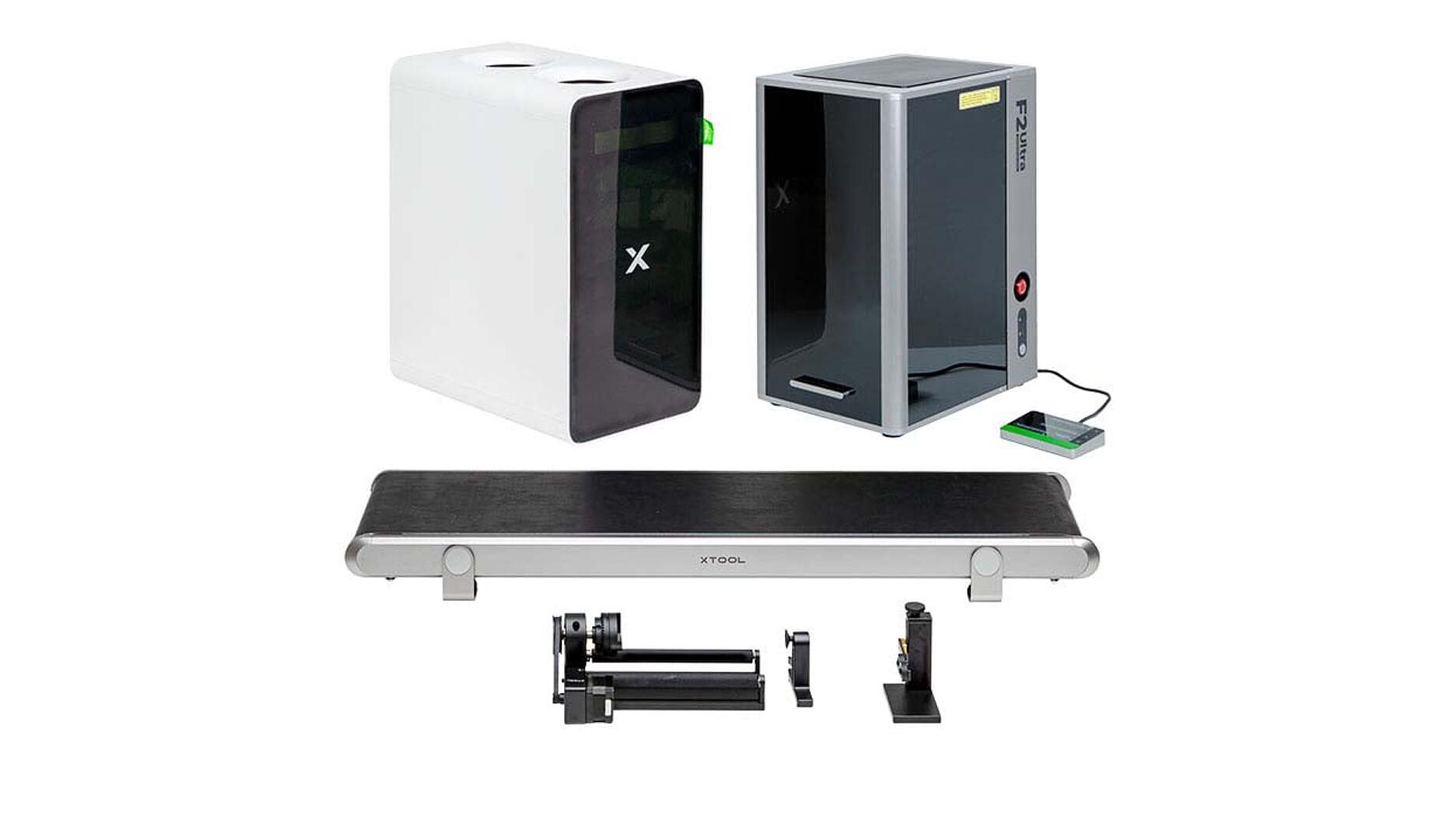As the shopping mall model evolves and online retail grows, Smith shares his predictions for the future of physical stores.
Gender bias case against Sterling moves forward
An arbitrator has issued a mixed ruling in the ongoing gender discrimination case against Kay and Jared parent company Sterling Jewelers.
New York--An arbitrator ruled this week that a group of women can pursue claims challenging Sterling Jeweler Inc.’s pay and promotion practices as a class though she threw out claims that the alleged discrimination was intentional.
In a 118-page decision released Tuesday, arbitrator Kathleen A. Roberts ruled that the 12 claimants could proceed as a class in arbitration to determine if the Akron, Ohio-based retailer’s compensation and promotion practices have a “disparate impact on women.” Sterling has fought for years against having the case certified as a class.
If disparities are found for which there is no justifiable business reason, then the women will be eligible as a class to affect changes in Sterling’s practices and will be able to pursue claims for lost wages individually.
In terms of alleged pay discrimination specifically, the class covers women who worked at Sterling between July 22, 2004 and the yet-to-be-set date of the trial, which will take place before the same arbitrator. In terms of alleged promotion discrimination, it covers women who worked at Sterling between Dec. 7, 2004 and the trial date.
What the arbitrator denied were the women’s claims of disparate treatment, meaning that the discrimination was intentional and part of an overall corporate culture that demeaned female employees.
In denying the women’s claims of disparate treatment, the arbitrator stated in her ruling that the claimants failed to provide the “significant proof” necessary to pursue claims of intentional discrimination.
This burden of significant proof Roberts relied upon in this case was the one set in the Wal-Mart gender discrimination case, though she noted that the Wal-Mart decision is one that presents “substantial hurdles” for pursuing claims of intentional discrimination as a large class.
The arbitrator wrote, “While the evidence in [the Sterling] case”--a case that includes particularly salacious claims that women were groped and grabbed, solicited for sex and expected to undress publicly at often-mandatory company events, as well as internal company memos acknowledging that the company paid women less than men--“may be in some respects stronger than the evidence presented in Wal-Mart, it fails to provide significant proof that Sterling operated under a general policy of discrimination.”
Roberts called into question specifically the opinion of one expert for the claimants, James Outtz, stating that he cannot answer the “essential question” of what percentage of the employment decisions at Sterling are determined by a “gender-discriminatory
She also stated that Outtz’s conclusions are not supported by reliable methodology. Among other things, he disregarded about 600 declarations written by the company’s female employees that reflect a very different view of the company’s treatment of women. “His decision to disregard this evidence, without any explanation, at a minimum calls his objectivity into question,” Roberts noted in her ruling.
Both sides are claiming the arbitrator’s ruling as a victory.
Joe Sellers, an attorney representing the women, said it was an “enormous achievement” for his clients and a “very important case” that gives them the opportunity to affect broad changes in a company that’s a leader in its industry.
Sterling, meanwhile, called the ruling “favorable,” pointing to the fact that the arbitrator rejected claims that Sterling had “systematically and intentionally” discriminated against female employees.
Regarding the portion of the arbitration that Roberts did allow to move forward, company spokesman David Bouffard said, “Sterling is optimistic that it will be able to demonstrate that the case is without either factual or legal merit in the next phase of the proceedings. We will continue to vigorously defend ourselves.”
The Latest

The trade show is slated for Jan. 31-Feb. 2 at The Lighthouse in New York City's Chelsea neighborhood.

January’s birthstone comes in a rainbow of colors, from the traditional red to orange, purple, and green.

How Jewelers of America’s 20 Under 40 are leading to ensure a brighter future for the jewelry industry.

The annual report highlights how it supported communities in areas where natural diamonds are mined, crafted, and sold.


Footage of a fight breaking out in the NYC Diamond District was viewed millions of times on Instagram and Facebook.

Linda Coutu is rejoining the precious metals provider as its director of sales.

Roseco’s 704-page catalog showcases new lab-grown diamonds, findings, tools & more—available in print or interactive digital editions.

The governing board welcomed two new members, Claire Scragg and Susan Eisen.

Sparkle with festive diamond jewelry as we celebrate the beginning of 2026.

The master jeweler, Olympian, former senator, and Korean War veteran founded the brand Nighthorse Jewelry.

In its annual report, Pinterest noted an increase in searches for brooches, heirloom jewelry, and ‘80s luxury.

Executive Chairman Richard Baker will take over the role as rumors swirl that a bankruptcy filing is imminent for the troubled retailer.

Mohr had just retired in June after more than two decades as Couture’s retailer liaison.

Shekhar Shah of Real Gems Inc. will serve as president of the Indian Diamond & Colorstone Association in 2026.

This year’s good luck charm features the mythical horse Pegasus, and is our first Piece of the Week of the new year.

Articles about crime, engagement rings, and a necklace worn in the World Series generated the most interest among readers.

As part of the leadership transition, Sherry Smith will take on the role of vice president of coaching strategy and development.

It marks the third time the country has headed the Kimberley Process. Ghana will serve as vice chair.

The new Bulova x Stetson designs highlight two animals often associated with the American West—the bison and the Texas Longhorn.

Its residency at Yamron Jewelers will run through May 2026.

From influential executives to innovative designers, we pay tribute to the people we said goodbye to this year.

The retailer is expanding into areas with large Indian and South Asian populations.

The Italian brand has opened its first flagship amid the peaks of the Dolomites in Madonna di Campiglio, Italy.

The new curation at the Natural History Museum of Los Angeles County showcases rare gem and mineral specimens in their uncut, natural state.

The couple pleaded guilty to concealing at least $127 million in cash transactions at its precious metals businesses.

Consumers shared concerns about prices, inflation, tariffs, trade, and politics in the survey’s write-in response section.



























